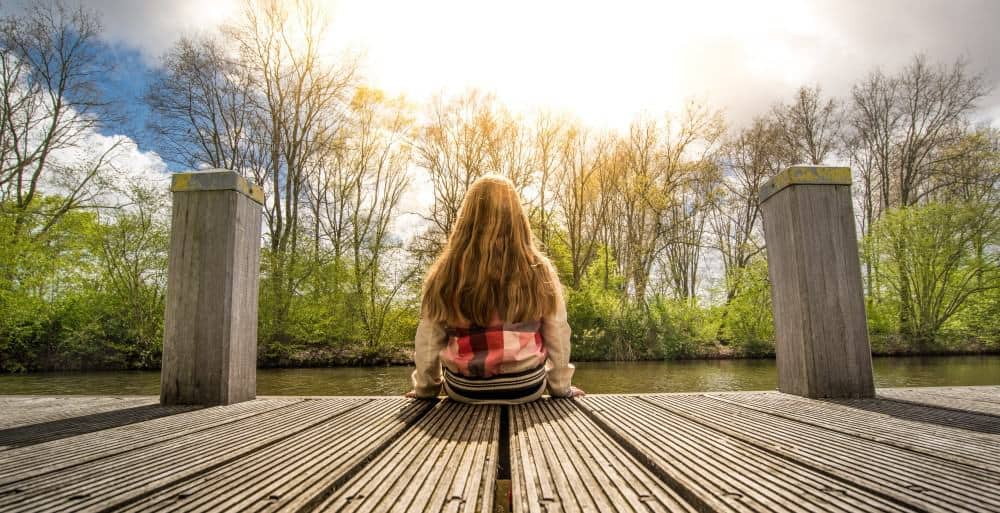Huperzine A is a naturally occurring alkaloid, which is obtained from the Asian plant Huperzia serrata.
Although the plant has been used in traditional medicine for centuries, its cognitive effect has only recently become known.
Huperzine is an acetylcholinesterase-inhibiting substance that slows down the degradation of acetylcholine (an important neurotransmitter) in the brain, and thus develops its nootropic effect. There is evidence that it potentiates the effect of other nootropics (for example, Racetams or Noopept).
In several studies, it has been shown to have a positive effect on memory, learning ability, and concentration.
It is also approved in some countries for the treatment of degenerative brain diseases (dementia, Alzheimer’s disease).
Since it is toxic in high amounts, attention should be paid to a precise dosage.
Overview Huperzine A
- Huperzine A is a natural active substance which is one of the strongest natural acetylcholinesterase blockers.
- It is obtained from the plantar lemons that have been used for centuries in traditional medicine (China).
- It increases the performance in the cognitive area, i.a. he increases the ability to learn and to remember.
- The alkaloid can be used in the treatment of degenerative brain disease. In China, it has the official status of medicine.
- It seems to have a protective function for the brain (antioxidant).
- Dosage: Beginners do not take more than 100mcg (micrograms) per day. In therapies, a daily dose of 200-400mcg is used. It works well with other nootropics in the stack; however, it should not be taken with other AChE inhibitors.
- Huperzine A is toxic in high doses; it should be paid to an accurate intake.
- Overdose has been reported to cause side effects such as headache, nausea, and diarrhea.

Occurrence
Huperzia serrata (Botany: Lycopodium serratum) comes from the family Lycopodiaceae and is native to India and South-East Asia. In China, she bears the name Qian Ceng Ta; in English club moss.
The plant prefers dry, clear spots, and thrives in forests with acid soil, below 3000 meters altitude. These are mainly coniferous or mountainous regions.
In traditional Chinese medicine, it is added to various mixtures and used in the treatment of inflammation, strains, bruises, and fever.
Huperzine A was first isolated from the plant in 1948 and has been extensively researched ever since. In the 1980s, the biggest steps were taken in the research of its herbal active ingredients.
In China, it is officially sold as a medicine and used against brain diseases; in Western countries, on the other hand, it is almost unknown and, at the very most, marketed as a dietary supplement.
The dosage of Huperzine A
Huperzine A is taken orally in pill form. The normal dose is 100mcg (= micrograms, 1mg = 1000mcg) per day. Depending on the tolerance, this amount may change, some sources report a daily dose between 200 – 400mcg.
Huperzine A is taken together with other nootropics in the stack.
Huperzine is toxic in high amounts. Please do not make mistakes in the dosage, and do not confuse milligrams with micrograms.
In Alzheimer’s therapies, patients are introduced between 50 and 200mcg (2x per day).
It does not require any additional food source to be absorbed by the body and can be consumed on an empty stomach.
Huperzine is rapidly absorbed (after about 30 minutes in the blood) and is able to cross the blood-brain barrier.
The half-life is 24 hours. In addition, a cycle-wise application is recommended, which should be interrupted every 2-4 weeks for a few days.

Huperzine A Benefits
Better cognitive skills
Most clinical studies with huperzine A have focused on its use as a treatment for Alzheimer’s disease. A systematic review of 20 randomized controlled trials concluded that huperzine A has beneficial effects on improving cognitive function, daily brain activity, and general clinical assessment in participants with Alzheimer’s disease. None of the studies followed patients for longer than 16 weeks to see if huperzine A could slow the progression of the disease, but other cholinesterase inhibitors have been found to slow the progression of neurodegenerative diseases.
Increases your memory
Huperzine A was also formally studied as a memory enhancer for students. Students were given a memory test and then either received Huperzine A or a placebo. Four weeks later, they were tested again. They also performed grammar and math tests that included lessons learned during the four weeks at school. Huperzine A appeared to significantly improve memory performance. However, it did not improve the understanding of mathematics. It has only improved the ability of students to capture and remember facts. The students who took Huperzine A had significantly better results in their language tests than the students who took a placebo.
Alzheimer
Many studies have already looked at the effect of huperzine on Alzheimer’s therapies. Unfortunately, these test results are not very meaningful, as in most cases only a small number of participants was present, or questionable test methods were used.
In a meta-analysis of several research papers, improvements were seen (in Alzheimer’s patients) in the following areas: cognitive skills, general condition, and daily activities.
In China, it is advertised as an Alzheimer’s drug, and is used in therapies.
Dementia
Again, there are few meaningful test series. In a summary of several types of research were identified improvements in the field of memory and symptoms (in dementia patients).
Epilepsy
One study indicates that it could be used in epilepsy treatment.
Schizophrenia
In a 12-week study, symptoms of schizophrenia patients improved.
Neuroprotective
Huperzine A protects the brain from glutamate (toxic in high concentration), aeta-amyloid pigmentation, and H2O2-induced toxicity.
In addition, it blocks the NMDA receptor channel without causing side effects (= prevents exitotoxicity, cause of Parkinson’s disease or Huntington’s disease).
Muscle Disease
Myasthenia gravis, muscle weakness disease, reduces muscle performance and fatigues the body. It arises when the immune system confuses the acetylcholine receptors with other substances and attacks them.
Since huperzine increases the acetylcholine concentration in the muscle, this seems to compensate for the lack of receptors.
Side effects & toxicity
In rats, LD50 (lethal dose at which 50% of the rat population died) was found to be 2-4mg / kg in females and> 4mg / kg in males. There are no published studies regarding severe overdoses of huperzine A in humans.
The side effects of acute overdoses are similar to those of other cholinesterase inhibitors: diarrhea, muscle spasms, nausea, hyperactivity, sleep and anxiety disorders.
During pregnancy and lactation is not recommended. Anyone who suffers from heart disease or epileptic is also renounced.
It should not be taken in conjunction with other AChe inhibitors.
Conclusion: Huperzine A Benefits
To sum it up, all the benefits of huperzine A at a glance:
- boosts brain performance
- when used properly, virtually no side effects
- may have positive effects on Alzheimer’s
- very low dosages necessary
- has a positive effect on nerve and muscle cells
Huperzine A has been used in Asian medicine for centuries. While research is still lacking, some benefits could already be proven. My recommendation, if you like experimenting with brain enhancers, this is for you. But it’s surely no must-have.




